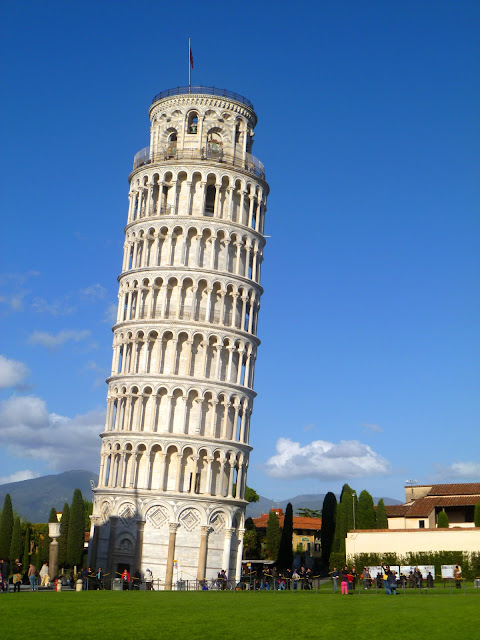I am pretty sure if you are even a little into visual novels, galges, eroges and the like, you would have at least heard of Key if not played their games. Key is pretty well known for their Utsuges which literally mean "depressing/melancholy game."
Now hold on. Yes, indeed their VNs usually end up with heart wrenching side effects and virgin tears but that's only because it's always a masterpiece! This is half true. So please read this to the end before deciding whether or not should you give it a try...Do it for the poor little robot if not for yourself....
Well then. Let's get started on this review/recommendation. The title is 'Planetarian ~ Reverie of a little Planet'. A story of undying loyalty, of sorrowful yearning...of salvation and hope. It is the 4th visual novel released by key and the best in quality in ratio to the quantity as far as I am concerned. The length is only 3~4 hours at average reading speed!
To describe the story in a word, I would choose "Love". No it does not include two individuals who fall in love with each other. But I just feel that it is the most appropriate word to use here. Sometimes sweet, sometimes bitter yes?
The setting is in a post apocalypse World where it never stops raining acid rain. You are a Junker who made his way into what was a metapolis to look for exotic loot. And the whole story takes place in a shopping centre where you meet the most precious entity that is too good for this sinful world.*Off topic. Guess who destroyed Earth? Yes, correct! Humans destroyed Earth and themselves again!
Tada!~ I present to you the very being that will change your entire life living as a garbage man. Her name is Yumemi Hoshino(Reverie Planetarian in translation) and she is not quite the normal person. She talks way too much and is the very embodiment of the sirens themselves. As an old Junker once said to you, "Do not talk to the girl in the city. She is not a being of this World."
So did you follow his advice? Of course you don't! I tend to not like cute moe chatterbox archetype three quarters of the time but Reverie(I am using Reverie because I really like it.) is so much more than just a blob of moeness. Oh wait, before I forget she is a robot, so do disperse your lustful miasma right now. Yes, a robot but that's not the reason why she isn't 'a being of this world.' I am not going to mention the obvious since if you have half a heart, you will get what it means after you read the VN.
Reverie is a robot who was working as an attendant for a planetarium way before the apocalypse. And has been doing so even after everything was destroyed. From her steadfast work ethic to her child-like naivety, it is hard to do anything but feel for Reverie. Even her personality quirks, whether it be her head-cocking when she doesn’t comprehend to her incessant questions, it's hard not to like her. She feels so natural even in a dying world. Just like the very last embodiment of tranquil purity.
The story is basically just the interactions between you and Reverie, of a Junker finding the starry skies in a World where the stars are but a thing of the past. Two characters and two locations. Makes for a good short tale yes? (Yes it's heart-warming but as I stated at the beginning in Red...)
10 - Masterpiece, 9 - Excellent, 8 - Great, 7 - Very Good, 6 - Good, 5 - Fine.
And so considering all factors, I will rate this a score of ⑨ for Excellent. Forgive the circle. Being a resident of Gensokyo, I just had to do that.
At last at the very end ,I must urge you- dare you even if I have to for you to give Planetarian a try. It's just 3 hours. Nothing much for a healthy human. As I said, do it for little poor Reverie if not for yourself. The Junker has no name so YOU(player) are the one she's speaking to.(Though you will never be as good in gunfights.)
So please. Bring salvation to the poor soul who has been waiting for your return for 29 years and 81 days...the Phantasmal Border of Phantasms
Alas their bright future was not to be.









































